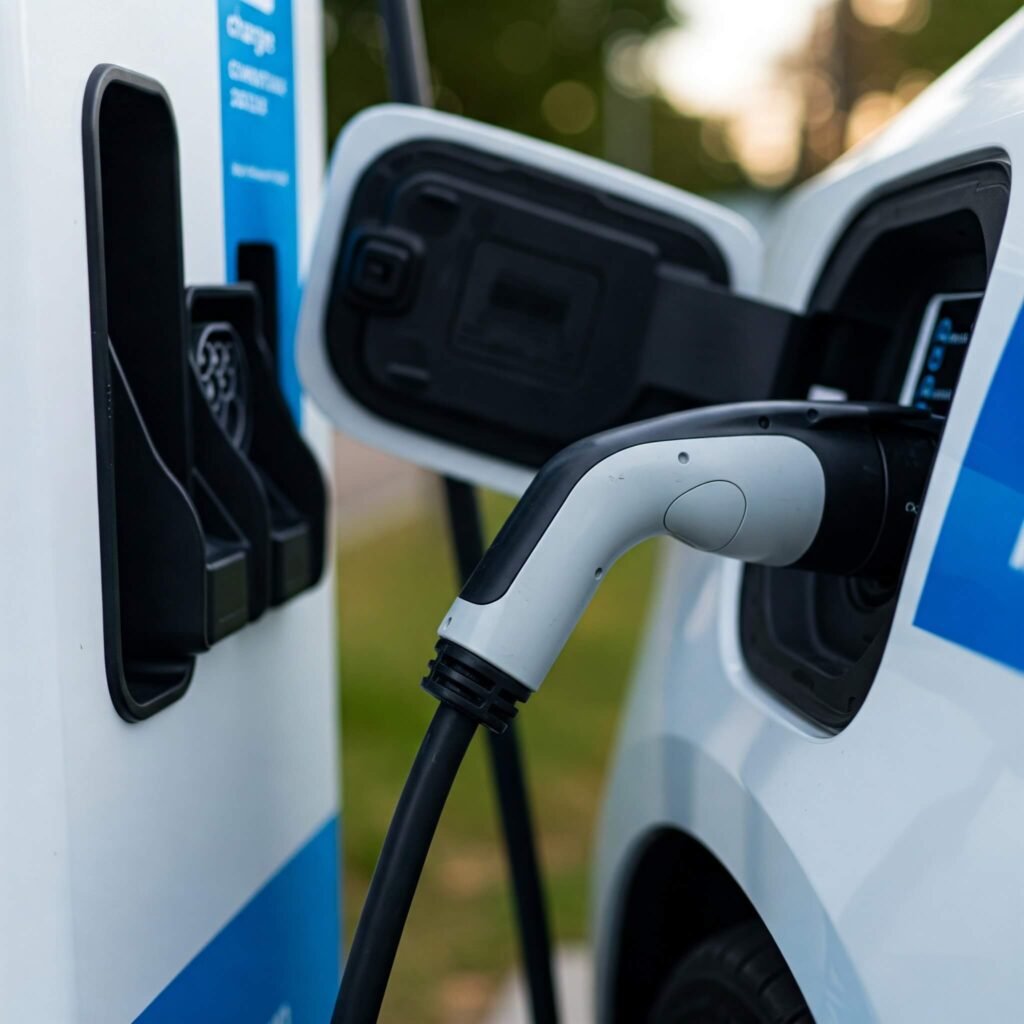Are you dreaming of the open road but want to leave gasoline pumps in your rearview mirror? An electric road trip is an increasingly popular and sustainable way to travel, offering a unique blend of adventure and eco-consciousness. However, venturing out on a long journey in an electric vehicle requires a bit more planning than your traditional gas-guzzler road trip. This comprehensive guide covers everything you need to know to make your electric road trip a resounding success.

Planning Your Electric Road Trip: The Essential First Steps
A successful electric road trip hinges on meticulous planning. Unlike traditional road trips where gas stations are ubiquitous, charging infrastructure for EVs requires a bit more foresight.
Route Planning and Charging Stations
- Utilize EV-Specific Navigation Apps: Apps like PlugShare, A Better Routeplanner (ABRP), and even the navigation systems built into many EVs are crucial. These apps show you the location of charging stations along your route, their charging speeds (Level 2, DC Fast Charging), and real-time availability.
- Factor in Charging Time: Unlike a quick gas fill-up, charging an EV can take anywhere from 30 minutes to several hours, depending on the charger and your car’s battery level. Plan your stops accordingly, perhaps aligning them with meal breaks or sightseeing opportunities.
- Consider Charging Networks: Familiarize yourself with major charging networks like Tesla Supercharger (for Tesla owners), Electrify America, ChargePoint, and EVgo. Consider downloading their apps and setting up accounts beforehand.
- Backup Plans are Key: Always have a backup plan in case a charging station is out of service or occupied. Identify alternative charging locations along your route.
Estimating Range and Battery Management for Your Electric Road Trip
- Know Your Car’s Real-World Range: The EPA-estimated range is a good starting point, but real-world range can vary based on driving conditions (speed, terrain, climate control usage), and the weight you’re carrying.
- Plan for Charging Before You Hit Empty: It’s generally recommended to start looking for a charger when your battery reaches around 20-30% and avoid letting it drop too low. Similarly, charging beyond 80% can sometimes be slower.
- Be Mindful of Driving Habits: Driving at consistent speeds and avoiding aggressive acceleration and braking can help maximize your EV’s range. Using regenerative braking effectively also contributes to energy efficiency.

On the Road with Your EV: Tips and Tricks
Once you’re on your electric road trip, these tips will help ensure a smooth and enjoyable journey.
Charging Etiquette and Best Practices During Your Electric Road Trip
- Be Considerate: Unplug your vehicle as soon as it’s sufficiently charged, especially at busy stations.
- Check Charger Compatibility: Ensure the charging connector type at the station (CHAdeMO, CCS, Tesla) matches your vehicle. Most non-Tesla EVs in North America use CCS or CHAdeMO for DC fast charging.
- Monitor Charging Progress: Keep an eye on your car’s charging status through its display or the charging network’s app.
Maximizing Comfort and Entertainment on Your Electric Road Trip
- Pack Smart: Be mindful of the extra weight, as it can slightly impact your range.
- Plan for Downtime: Charging stops offer a great opportunity to stretch your legs, grab a bite, or explore the surrounding area. Research points of interest near charging stations.
- Entertainment is Key: Download podcasts, audiobooks, and playlists to keep yourself entertained during longer driving stretches.

Addressing Common Concerns About Electric Road Trips
Many first-timers have questions about taking an EV on a long journey. Let’s address some common concerns.
Range Anxiety and Finding Charging Stations on Your Electric Road Trip
- The Myth of Range Anxiety: While it’s a valid initial concern, with proper planning and the growing charging infrastructure, range anxiety is becoming less of an issue.
- Growing Charging Infrastructure: The number of public charging stations is constantly increasing, and government initiatives are further accelerating this growth.
Charging Speeds and Duration During Your Electric Road Trip
- Understanding Charging Levels:
- Level 1 (120V AC): Slowest charging; typically adds only a few miles of range per hour. Best for overnight charging at home or in emergencies.
- Level 2 (240V AC): Faster than Level 1; can add 20-30 miles of range per hour. Common at homes, workplaces, and some public charging stations.
- DC Fast Charging (480V DC): The fastest option; can add significant range (e.g., 100-200 miles) in 30-60 minutes, depending on the car and charger. Crucial for long-distance electric road trips.
- Factors Affecting Charging Speed: Your car’s maximum charging rate, the charger’s power output, and the battery’s current state of charge all influence charging speed.
The Future of Electric Road Trips
As battery technology improves and charging infrastructure expands, electric road trips will become even more convenient and accessible. Innovations like higher-capacity batteries, faster charging speeds, and more ubiquitous charging networks are constantly evolving the landscape. (Outbound Link 2: Link to an article discussing future trends in EV technology.)
Conclusion: Embrace the Electric Road Trip Adventure
An electric road trip offers a unique and rewarding way to explore the world. While it requires some initial planning, the benefits of quiet, emission-free travel and the growing availability of charging infrastructure make it an increasingly viable and exciting option for adventurers everywhere. So, plan your route, charge up, and hit the open road in your EV!
































